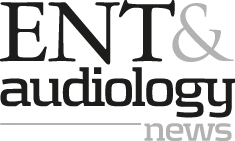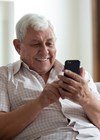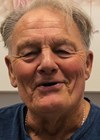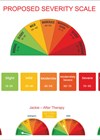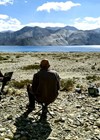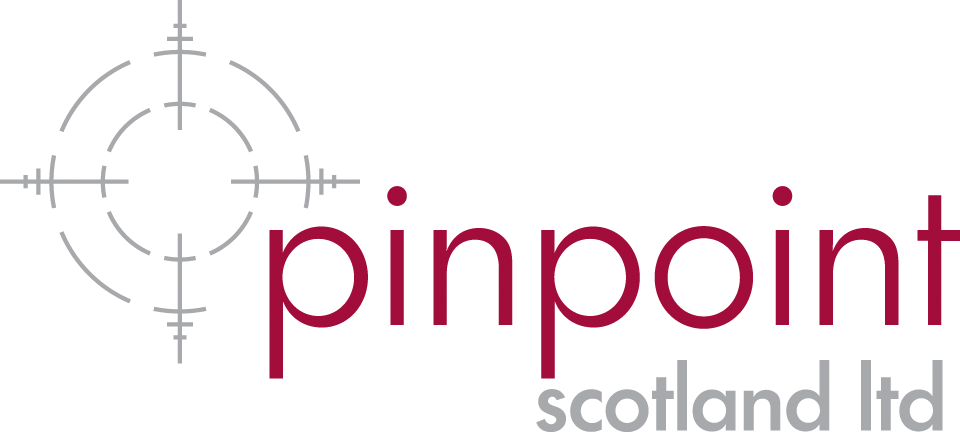Audiology features
From technology to humanity: a conversation on person-centred hearing care
With a career that has spanned continents and disciplines – clinical audiology, cochlear implant technology and global leadership – Mei Dingxiang Feng is now leading a movement to bring person-centred care (PCC) to the forefront of hearing healthcare. In this...
Where ART meets Science: The Golden Lines of Life
Each cover in this six-part series is more than an image. It’s a window — into a different way of seeing, of hearing and of healing. Together, they form a narrative that moves across disciplines and perspectives. A story told...
Barriers and facilitators to app use in Australian audiology clinics
Too old to app? Time to think again! Bec Bennett discusses why it’s time for healthcare professionals to hit reset on expectations of digital literacy. Mobile health (mHealth) apps have the potential to enhance audiological care by supporting the self-management...
Does the overuse of noise-cancelling headphones cause APD?
Have you heard the noise around APD? With a flurry of interest around noise-cancellation and APD, Dale Hewitt offers his take on the evidence and theory. When and why did this question first arise? An article was published by BBC...
Ear wax removal: should anyone and everyone perform it?
Earwax removal is a controversial and much-debated issue in audiology. Risks and public safety call for reforms, sparking discussion on professional standards. Earwax is a natural secretion produced by the ear. It is an amalgamation of desquamous epithelial skin cells,...
Lenire as a clinical tool for treatment of tinnitus
Lenire offers a promising but varied solution for tinnitus relief. Peter Byrom shares insights on its effectiveness, challenges and patient outcomes. I have been involved in tinnitus support for at least 20 years, including a stint on the then British...
Where ART meets Science: The Silence You Can Hear
Some moments have a sound you don’t hear with your ears but feel with your entire being. The artwork DS21008 (200 cm x 120 cm) captures such a moment: a Sunday morning in Maastricht, where the river Maas reflects the...
Ida Institute’s legacy and the future of person-centred care
Professor Kris English reflects on the IDA Institute’s closure, celebrating its legacy of advancing patient-centred care and reshaping audiological counselling worldwide. In September 2008, the Ida Institute’s Director, Lise Lotte Bundesen, and her team held its inaugural ‘Defining Hearing Seminar’...
How to identify and support adults with auditory processing disorder: a focus on low-gain devices and auditory training
Some adults struggle with hearing in noise despite normal audiograms. Tools like the HHIA, low-gain devices and auditory training can help identify and support these cases. In this article, Angela Alexander and Fatima Abbas use a case study to discuss...
Tish Gaffney – AAA President
From a sunny Southend, UK, Gareth Smith takes 10 minutes to dial into the Sunshine State, USA, and catch up with Tish Gaffney for a lightning-speed chat on the movements and motivations of the 35th president of the American Academy...
Where ART meets Science: A unifying story in ENT & Audiology News
We are delighted to introduce a stunning new cover series by Dyon Scheijen, a Maastricht-based clinical physicist-audiologist and artist fascinated by the psychology of hearing. Dyon explores the connection between audiology, acceptance and commitment therapy (ACT) and sound perception. He...
The ups and downs of overseas research – the inner ear at altitude
Conducting research at extreme altitude presents unique challenges. This study of the inner ear at 5350m navigates setbacks in a quest for scientific discovery. Having completed a diploma in mountain medicine in my foundation years, I decided to undertake a...
